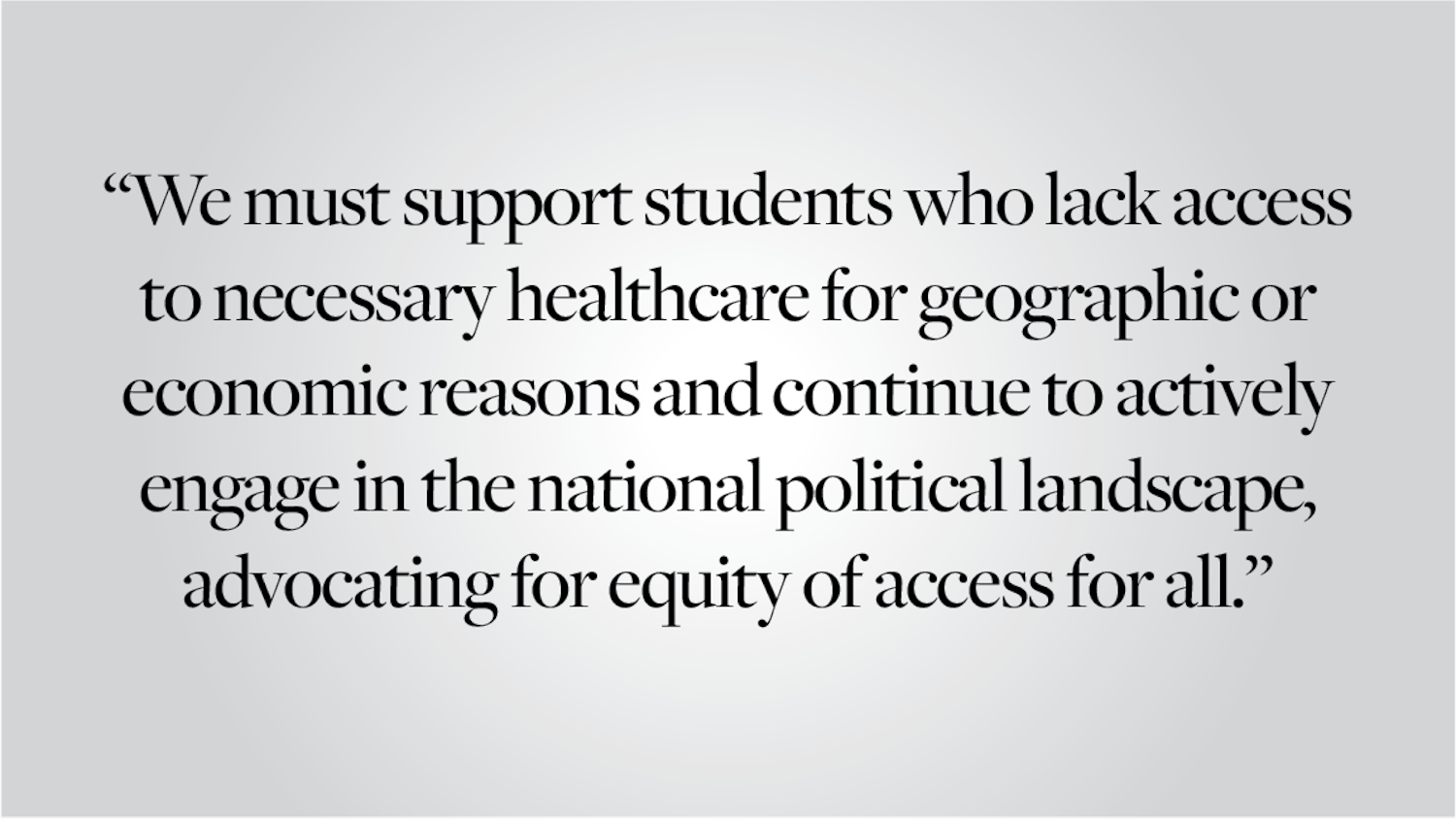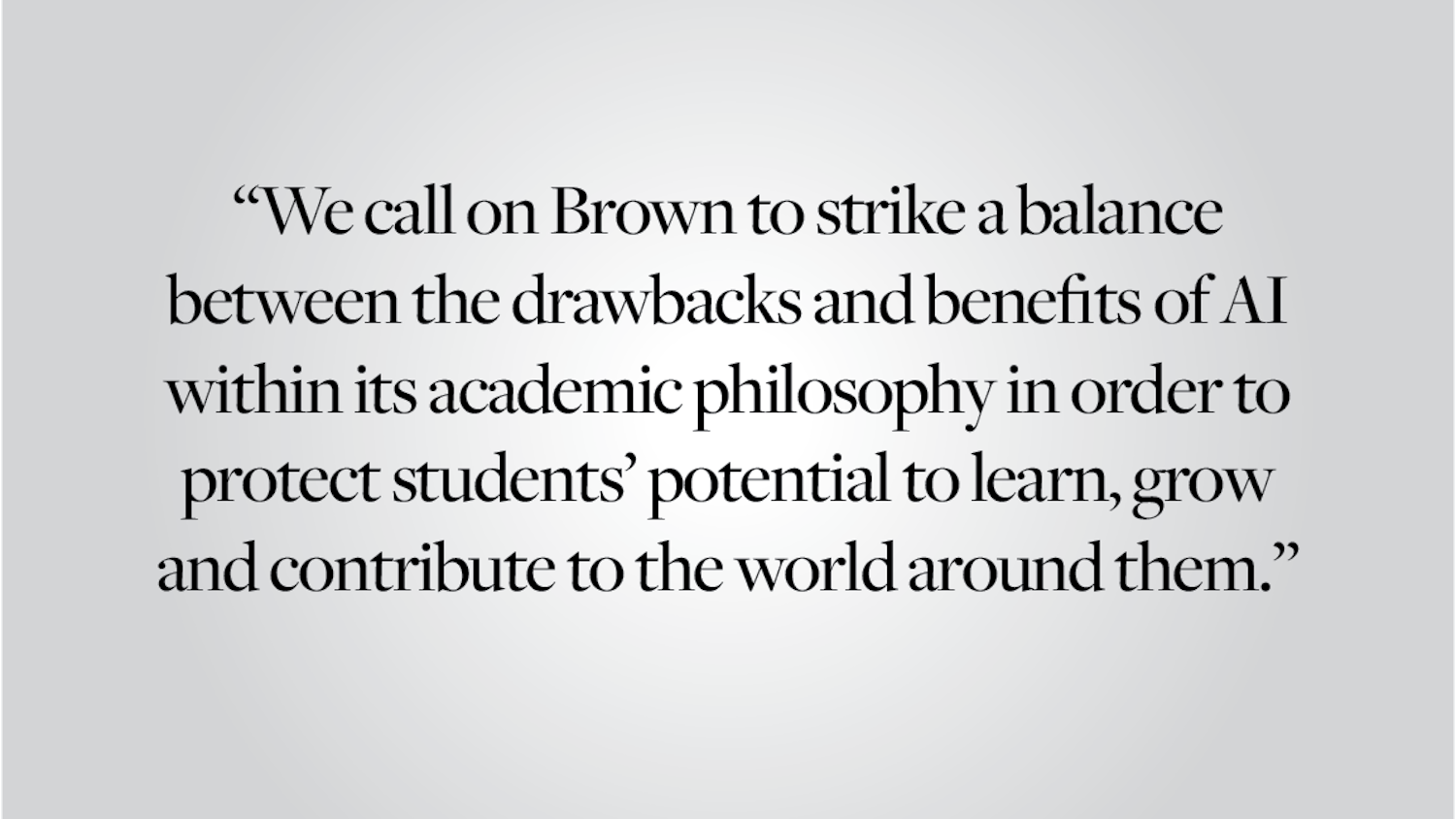Last week, Provost Mark Schlissel P’15 was appointed to the presidency of the University of Michigan, leaving another administrative position to be filled. As the search for a provost continues alongside an ongoing search for the dean of the College post vacated by former Dean Katherine Bergeron, it is important to understand the implications of the significant change in leadership. Specifically, we support Professor of Religious Studies and East Asian Studies Harold Roth’s call in a recent Herald article for all candidates to come from within the University, given the importance of “long-term experience with the unique ethos” that characterizes Brown. A provost from within the University would be particularly aware of Brown-specific concerns, more familiar with students and the broader community, and better able to preserve institutional history and character as the University and the higher education landscape rapidly change.
It is worthy of note that Schlissel’s move to Michigan is part of a growing trend of Ivy League provosts taking the helm of large state institutions. Yesterday, the Chronicle of Higher Education pointed out that among “the six Ivy League provosts to most recently pursue college presidencies,” Schlissel is part of the “half (who) have landed at major public research institutions.” In practice, this may illustrate the growing homogenization of higher education, as smaller Ivy League schools have continued to embrace more of a research focus than in the past. Last year, Dartmouth’s interim president Carol Holt, who was previously the provost, became chancellor of the University of North Carolina at College Hill.
Schlissel told the Chronicle that he was attracted to Michigan’s status as a “full-service research university, with scholars across such a wide spectrum.” While Brown has increased its research focus in past years, promoting biomedical research and establishing a new School of Public Health, there is still a commitment to undergraduates and liberal learning that differentiate it from a larger research-focused university. Given the extent of the changes over the past 15 years, a provost who has been at Brown for quite some time would be more familiar with Brown’s trajectory, and presumably more committed to institutional stability.
It is certainly not always the case that a president or provost must be an alum or faculty member in order to be a well-regarded leader of the University. President Francis Wayland, remembered for his anti-slavery writings and his commitment to public libraries, was the first president of Brown who was not an alum since founder James Manning. Similarly, President Henry Wriston, one of the most celebrated leaders in Brown’s history, was neither an alum nor a Baptist minister, previously a prerequisite. It goes without saying, of course, that Ruth Simmons was new to the institution when she was appointed president, but enjoyed perennially high approval ratings and catalyzed unprecedented levels of giving. But the University has been through such a significant period of change that new administrators are charged with supporting the school while retaining Brown’s historic character and mission. Given the circumstances, a candidate familiar with the school would be the best choice.
Editorials are written by The Herald’s editorial page board: its editors, Matt Brundage ’15 and Rachel Occhiogrosso ’14, and its members, Hannah Loewentheil ’14 and Thomas Nath ’16. Send comments to editorials@browndailyherald.com.
ADVERTISEMENT




